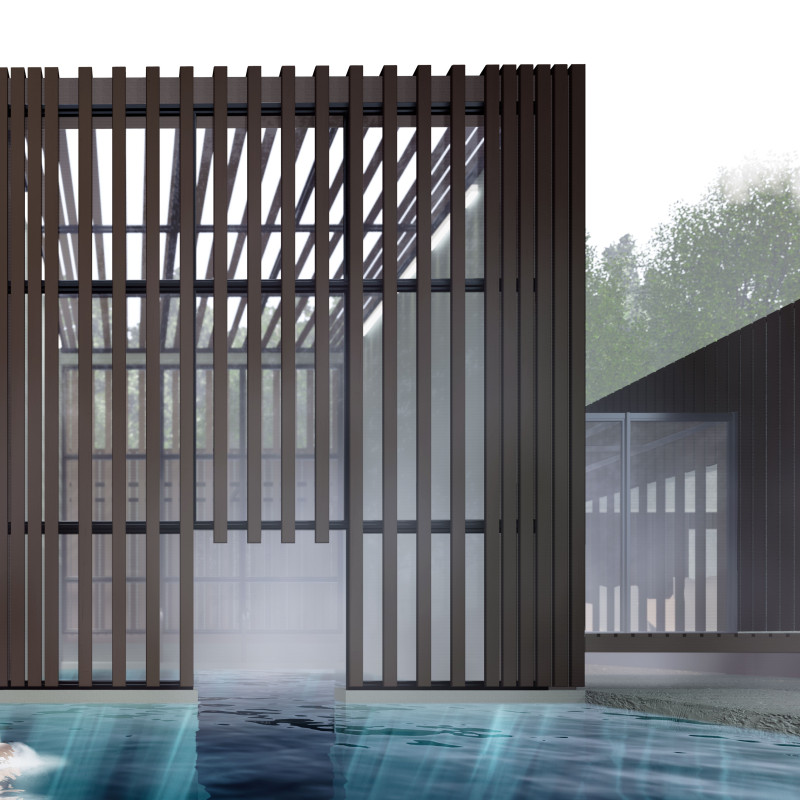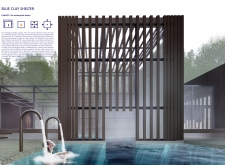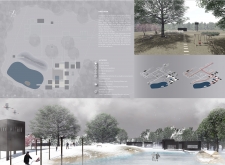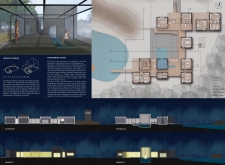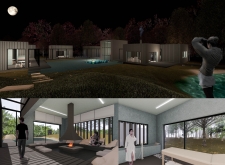5 key facts about this project
### Project Overview
Located in [Insert Geographical Location], the project represents a carefully considered response to its surroundings and the community it serves. The intent is to create a functional space that harmonizes with the local context while reflecting contemporary architectural practices. The design is led by [Insert Architect/Designer's Name] and was completed in [Insert Year of Completion].
### Material and Spatial Composition
The architectural strategy employs a mix of materials chosen for their aesthetic and functional benefits. Reinforced concrete forms the primary structural element, providing strength and longevity. Glass facades enhance transparency and invite daylight into the interior spaces while framing views of the landscape. Natural wood cladding introduces warmth and texture, contributing to both exterior and interior applications. Steel components support the sleek lines of the design, particularly at points requiring structural integrity such as large openings and cantilevers. Meanwhile, natural stone accents offer a timeless quality and strengthen the connection to the landscape.
Spatially, the layout prioritizes openness with designated zones for different functions, ensuring a flow that supports both private and communal activities. Strategically placed windows and skylights contribute to ambient natural light, reducing the need for artificial illumination. The integration of green roofs and landscaped terraces facilitates a dialogue between interior and exterior spaces, enhancing the overall user experience while promoting ecological diversity.
### Environmental and Social Considerations
The project embodies a commitment to sustainability through thoughtful design choices that promote energy efficiency and environmental stewardship. Elements such as high-performance insulation work alongside exterior materials to optimize thermal performance. Additionally, the design features public spaces that foster community engagement and connectivity, encouraging interactions among users. This approach not only addresses immediate functional goals but also contributes positively to the broader social and ecological context.


